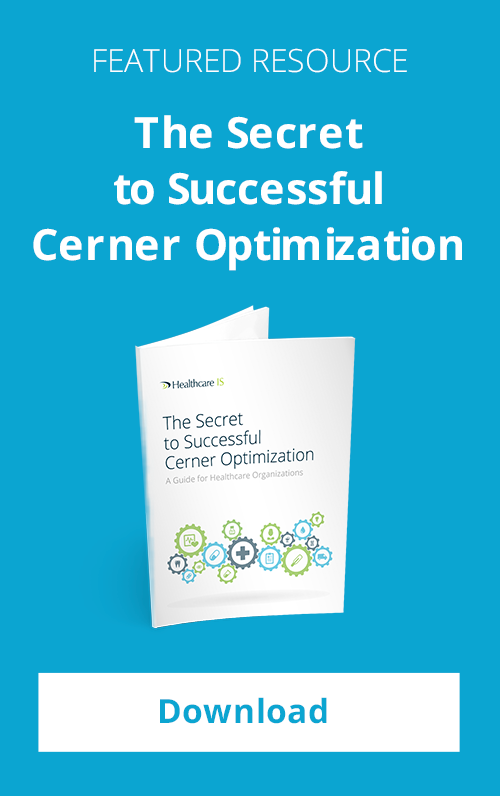In December 2010, I was at the ASHP’s (American Society for Health Systems Pharmacists) midyear meeting in Anaheim, CA. Over the years, their track relating to Pharmacy IT and Informatics has really expanded.
Between sessions, I was engaged in a conversation with a Director of Pharmacy and a Manager of Pharmacy Informatics. Both were talking about the technology initiatives their organizations had in place related to pharmacy and the medication management process. Once the discussion evolved into specific project plans and go-live dates, it turned toward having the right people in place — both full-time employees and consultants. Of course, it doesn’t seem like you can have a conversation about hiring Healthcare IT employees without someone saying how hard it is to find the right people. So, when they started telling me how hard it’s been for them to find the right people, they were both a little shocked by my response: “Good people are easy to find.” I paused for effect and when they both stared at me like I was crazy, I added, “Good people are easy to find — they’re just very hard to get hired.”



























































































































































































Comments